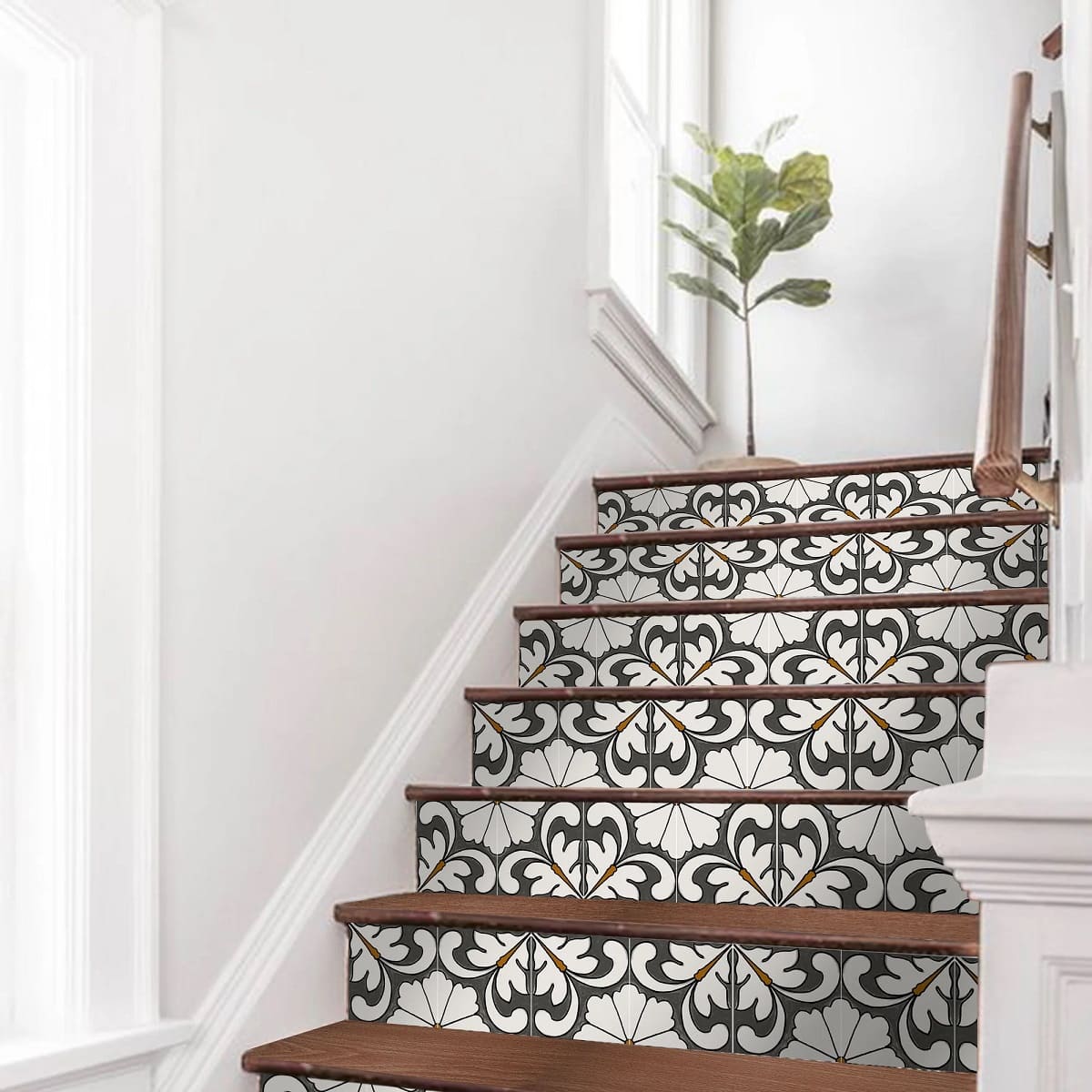

Articles
What Is A Riser On Stairs
Modified: October 20, 2024
Discover the purpose and importance of a riser on stairs in this informative article. Learn how risers contribute to staircase safety and aesthetics.
(Many of the links in this article redirect to a specific reviewed product. Your purchase of these products through affiliate links helps to generate commission for Storables.com, at no extra cost. Learn more)
Introduction
When it comes to designing and constructing a staircase, one important element that often goes unnoticed is the riser. While most people may be familiar with the term, few truly understand its significance in both functionality and aesthetic appeal. In this article, we will delve into the world of risers on stairs, exploring their definition, importance, types, measurements, building codes, materials, common problems, and maintenance.
A riser is the vertical component that connects each step or tread on a staircase. It acts as the solid backing, keeping the stairs securely in place while providing a seamless transition from one step to the next. Along with the tread, which is the horizontal part that you step on, the riser plays a crucial role in ensuring the safety and stability of the staircase.
However, the riser is more than just a functional component; it also contributes to the overall design and aesthetics of the staircase. Depending on the selected design style, risers can be left open, allowing for an airy and open feel, or closed, providing a more traditional and solid appearance. They can be plain and simple, or adorned with intricate patterns, carvings, or even artwork.
The importance of risers on stairs cannot be understated, as they serve multiple purposes. First and foremost, they prevent accidental trips and falls by providing a solid barrier between each step. This is particularly important for individuals with mobility issues or visual impairments, as the risers act as a visual guide, ensuring the correct placement and alignment of the feet. They also help to reduce noise and vibration by adding stability and absorbing vibrations caused by foot traffic.
Furthermore, risers on stairs contribute to the structural integrity of the staircase. By connecting the individual steps, they distribute the weight evenly, preventing sagging or buckling over time. This is especially crucial in high-traffic areas or commercial buildings, where the stairs endure constant use.
Additionally, risers play a role in the energy efficiency of a building. By closing the space between the steps, they prevent air drafts and heat loss, ensuring a more comfortable and insulated environment.
Now that we have established the importance and purpose of risers on stairs, let’s explore the various types of risers that are commonly used in staircase construction.
Key Takeaways:
- Risers on stairs are not just functional components but also contribute to the overall safety, stability, and aesthetic appeal of a staircase. Understanding their importance and adhering to standard measurements and building codes is crucial for successful staircase design and construction.
- Regular maintenance and timely repairs of risers are essential to ensure their longevity, functionality, and visual appeal. By following proper maintenance and repair tips, the lifespan of the staircase can be extended while maintaining its safety and aesthetics.
Read more: What Is The Maximum Riser Height For Stairs
Definition of a Riser
In the world of staircase construction, a riser refers to the vertical component that connects each step or tread. It is the section that acts as the solid backing, occupying the space between two consecutive treads. The term “riser” is derived from the action of rising, as it elevates the foot from one step to the next.
Risers are an essential part of a staircase, as they provide stability, safety, and visual continuity. Without risers, the steps would essentially be floating, creating an unsteady and unsafe structure. By connecting each step vertically, the risers ensure that individuals can safely navigate the stairs, preventing the risk of accidental trips or falls.
Not only do risers contribute to the functionality of a staircase, but they also play a crucial role in the overall aesthetic appeal. They can be designed to match the style and architecture of a building, adding elegance and sophistication to the staircase. Risers can be left open, allowing for an open and airy feel, or they can be closed, creating a more traditional and solid look.
Risers come in various materials, such as wood, metal, glass, or even stone, each offering unique characteristics and visual effects. They can be simple and plain, creating a clean and minimalist design, or they can be adorned with decorative patterns or details, adding a touch of personality and charm.
It is important to note that the height and dimensions of risers play a significant role in the overall ergonomics and safety of the staircase. There are standard measurements and building codes in place to ensure that risers are constructed with proper dimensions. These standards vary by country and region, but they generally aim to provide optimal stepping comfort and reduce the risk of tripping or stumbling.
Having a clear understanding of the definition and purpose of risers is essential when designing and constructing a staircase. The carefully chosen materials, dimensions, and design elements of the risers can significantly impact the overall functionality, safety, and aesthetic appeal of the stairs.
Now that we have explored the definition of a riser, let’s delve deeper into the importance of risers on stairs and the role they play in staircase construction.
Importance of Risers on Stairs
Risers on stairs play a crucial role in both the functionality and safety of a staircase. While they may seem like a minor component, their presence is essential for several reasons.
One of the primary reasons for the importance of risers is safety. Risers provide a solid barrier between each step, preventing accidental trips and falls. They act as a visual guide, ensuring that individuals have a clear indication of where each step begins and ends. This is particularly crucial for individuals with mobility issues or visual impairments, as risers help establish the correct placement and alignment of the feet.
Risers also contribute to the structural integrity of the staircase. By connecting each step vertically, they distribute the weight evenly, reducing the risk of sagging or buckling over time. This is particularly important in high-traffic areas or commercial buildings, where the staircase is subjected to constant use. Without risers, the individual steps would have less stability and could potentially become loose or unstable.
In addition to their functional benefits, risers also play a role in the overall aesthetics of a staircase. They can be designed to match the style and architecture of a building, enhancing the visual appeal. Whether they are left open or closed, risers contribute to the overall design and flow of the staircase. They can act as a focal point, featuring decorative patterns or textures, or they can be minimalist and clean, creating a more modern and understated look.
Furthermore, risers on stairs are key in reducing noise and vibrations. When individuals walk up or down a staircase, their footsteps generate vibrations that can resonate throughout the structure. Risers help absorb these vibrations, creating a quieter and more comfortable environment. This is especially important in multi-story buildings or areas where noise reduction is a priority.
Risers also have a role in energy efficiency. By closing the space between each step, they prevent air drafts and heat loss, contributing to a more insulated and energy-efficient building. This is particularly relevant in colder climates, where maintaining a comfortable indoor temperature is crucial.
Overall, the importance of risers on stairs cannot be understated. They provide safety, stability, and visual continuity to the staircase. By carefully selecting materials, dimensions, and design elements for the risers, one can enhance both the functionality and aesthetic appeal of the stairs.
Now that we understand the importance of risers on stairs, let’s explore the different types of risers commonly used in staircase construction.
Types of Risers
When it comes to the design and construction of risers on stairs, there are various types to choose from. Each type offers unique characteristics and visual effects, allowing for customization and personalization of the staircase. Here are some of the most common types of risers:
- Closed Risers: Closed risers are the most traditional and common type of risers. They fully enclose the space between each step, creating a solid and seamless vertical surface. Closed risers provide a visually clean and uniform appearance, and they can help prevent small objects from falling through the gaps between steps.
- Open Risers: Open risers, on the other hand, do not fully enclose the space between steps. Instead, they create a visible gap or void, which adds a sense of openness and lightness to the staircase. Open risers are popular in modern and contemporary designs as they contribute to an airy and minimalist aesthetic. However, it’s important to note that open risers may not be suitable for households with small children or pets, as they can pose a higher risk of accidental falls.
- Decorative Risers: Decorative risers add an extra touch of aesthetic appeal to the staircase. These risers are often embellished with patterns, carvings, or artwork, which can range from simple motifs to intricate designs. Decorative risers allow for personal expression and can serve as a focal point or conversation starter in a space.
- Metal Risers: Metal risers offer a sleek and contemporary look to the staircase. They can be made from various metals, such as stainless steel, aluminum, or iron. Metal risers are known for their durability, resistance to wear and tear, and ease of maintenance. They can be left plain or adorned with patterns or textures to add visual interest.
- Glass Risers: Glass risers are a popular choice for those aiming to create a modern and elegant staircase. They provide a clean and transparent look, allowing light to flow through and enhance the sense of space. Glass risers can be constructed using tempered or laminated glass for added safety and strength.
- Wooden Risers: Wooden risers are a classic choice and a staple in traditional staircase designs. They offer warmth, natural beauty, and a wide range of wood species and finishes to choose from. Wooden risers can be stained or painted to match the overall design theme, and they can be left plain or carved with decorative details.
It’s important to consider the overall style, design aesthetic, and practical considerations when selecting the type of riser for a staircase. The chosen type should complement the overall design theme, meet safety standards, and provide the desired visual impact.
Now that we have explored the different types of risers, let’s dive into the standard measurements and building codes for risers on stairs.
Standard Measurements for Risers
When it comes to constructing stairs, adhering to standard measurements for risers is crucial. These measurements not only ensure safety but also provide optimal stepping comfort for users. The following are some standard guidelines for riser measurements:
- Riser Height: The riser height refers to the vertical distance from the top of one tread to the top of the next. In residential buildings, the typical range for riser height is between 6 inches (15.24 cm) and 7.75 inches (19.69 cm). This range strikes a balance between ease of ascending the stairs and minimizing the risk of tripping or stumbling. However, it’s important to note that local building codes may dictate specific height requirements depending on the region.
- Riser Depth: The riser depth, also known as the going, refers to the horizontal depth of each tread. It is measured from the edge of one tread to the vertical line immediately below the nose of the next tread. The standard range for riser depth is typically between 9 inches (22.86 cm) and 11 inches (27.94 cm). This range provides sufficient space for an average adult foot to comfortably step onto the tread while maintaining a secure foothold.
- Riser Slope: The slope or angle of the riser is also an important consideration for safety and comfort. The ideal slope is between 30 and 35 degrees, ensuring a gradual ascent and descent. Steeper slopes can make the stairs more challenging to climb, especially for individuals with mobility limitations.
- Uniformity: Maintaining uniformity in riser measurements is crucial for ensuring a consistent and predictable staircase experience. This means that all risers within a flight of stairs should have the same height and depth. Variation in riser measurements can lead to an uneven gait or difficulty in navigation.
It’s important to note that these standard measurements may vary depending on local building codes and regulations. Different countries and regions may have specific requirements for riser height and depth to ensure compliance with safety standards. Therefore, it is essential to consult the relevant building codes and regulations specific to the location where the staircase is being constructed.
By adhering to standard measurements for risers, builders and designers can create stairs that are safe, comfortable, and in compliance with regulations. Now that we understand the standard measurements for risers, let’s explore the building codes and regulations related to risers on stairs.
When designing stairs, ensure that the riser height is consistent to provide a safe and comfortable ascent. The ideal riser height is typically between 6.5 to 7.5 inches.
Building Codes and Regulations for Risers
Building codes and regulations play a crucial role in ensuring the safety and structural integrity of stairs, including the risers. These codes are established by local governing bodies and provide guidelines that must be followed during the design and construction process. Here are some key building codes and regulations related to risers on stairs:
- Riser Height Limits: Building codes specify the maximum and minimum height limits for risers. These limits are in place to prevent potential tripping hazards and ensure a comfortable and safe staircase experience. It’s important to carefully follow the specified height limits to comply with building codes and regulations in a specific area.
- Riser Uniformity: Building codes often require consistent riser measurements within a flight of stairs. This means that all risers should have the same height to provide a consistent walking experience and reduce the risk of accidents. Deviating from the required uniformity may result in non-compliance with building codes.
- Handrail Placement: Building codes often specify the height and placement of handrails on staircases. Handrails are crucial for providing support and stability while ascending or descending the stairs. The codes may include requirements for handrail height, length, circumference, and location to ensure accessibility and safety.
- Step Marking: Some building codes require the marking of the nosing or leading edge of each step. This marking helps individuals identify the presence of steps and provides a visual cue for depth perception. The marking can be achieved through the use of contrasting colors, grip strips, or other approved methods.
- Fire Safety: Building codes often include fire safety regulations that may impact the design and construction of risers. These regulations may specify the use of fire-resistant materials for risers or require certain clearances and fire barriers in staircases to prevent the spread of fire.
- Accessibility: Building codes also address accessibility requirements for risers and stairs. These requirements ensure that individuals with disabilities can safely and comfortably navigate the stairs. Regulations may specify accessible design features such as handrails, riser dimensions, tread depth, and stairway width to accommodate individuals using mobility aids.
It’s important to consult the specific building codes and regulations applicable to the project location before designing and constructing a staircase. Compliance with these codes is essential to ensure the safety and legality of the staircase. Working with a licensed professional or building inspector can help ensure that the design and construction process meets all necessary requirements.
Now that we have explored building codes and regulations related to risers, let’s move on to the materials commonly used for risers on stairs.
Materials Used for Risers
When it comes to selecting materials for risers on stairs, there are several options available that can enhance the aesthetic appeal and durability of the staircase. The choice of material depends on factors such as the desired style, budget, maintenance requirements, and durability. Here are some commonly used materials for risers:
- Wood: Wood is a classic and versatile material commonly used for risers. It offers warmth, natural beauty, and a wide range of options in terms of species, finishes, and styles. Wooden risers can be stained or painted to match the overall design theme of the staircase. They can be left plain or carved with decorative details, adding character and charm.
- Metal: Metal risers are becoming increasingly popular, especially in contemporary and modern designs. Materials such as stainless steel, aluminum, or iron can be used to create sleek and minimalist risers. Metal risers offer durability, strength, and resistance to wear and tear. They can be left plain or combined with other materials for a unique visual effect.
- Glass: Glass risers are a popular choice for those aiming to create a modern and elegant staircase. They provide a sleek and transparent look, allowing light to flow through and enhance the sense of space. Glass risers can be constructed using tempered or laminated glass for added safety and strength. They can also be customized with decorative patterns or textures.
- Tile: Tile is another material option for risers, offering an array of design possibilities. Ceramic, porcelain, or natural stone tiles can be used to create unique patterns, colors, and textures. Tile risers are highly durable, easy to clean, and resistant to moisture and stains. They can be an excellent choice for adding a touch of elegance or creating a focal point in a staircase.
- Composite Materials: Composite materials, such as engineered wood or laminate, are popular choices for risers due to their durability and cost-effectiveness. These materials offer a wide range of finishes and can replicate the look of wood, stone, or other materials. Composite risers are often low-maintenance, resistant to scratches and fading, and can withstand heavy foot traffic.
When selecting the material for risers, it’s important to consider factors such as the style and design goals, maintenance requirements, budget, and the overall compatibility with the desired staircase aesthetics. It’s also crucial to ensure that the chosen material meets required safety standards and building codes in terms of durability and slip resistance.
Now that we have explored the materials used for risers on stairs, let’s uncover some common problems that can arise with risers and how to address them.
Common Problems with Risers
While risers on stairs are essential for safety and stability, they can encounter certain common problems over time. Identifying and addressing these issues promptly is crucial to maintain the functionality and aesthetics of the staircase. Here are some common problems that can occur with risers:
- Cracks and Damage: Risers, especially those made of materials like wood or tile, can develop cracks or become damaged over time. This can occur due to regular wear and tear, impact, or moisture exposure. Cracks and damage not only compromise the visual appearance but also affect the structural integrity of the risers. It is vital to repair or replace the damaged risers to maintain a safe and visually appealing staircase.
- Loose or Detached Risers: In some cases, risers can become loose or detached from the staircase structure. This may happen due to poor installation, inadequate adhesive or fasteners, or structural issues. Loose or detached risers can create a safety hazard, as they can be unstable and increase the risk of trips and falls. It is important to address this problem immediately by reattaching or securing the risers properly.
- Warping or Bowing: Risers made of certain materials, particularly wood, can experience warping or bowing over time. This can occur due to changes in humidity or moisture exposure. Warped or bowed risers not only affect the visual appeal but can also cause unevenness in the staircase, leading to potential tripping hazards. Replacing the affected risers or applying appropriate treatments to restore their shape is necessary to maintain a safe and even staircase.
- Stains or Discoloration: Risers, especially those made of porous materials like wood or tile, can develop stains or discoloration due to spills, dirt, or improper cleaning methods. These stains can detract from the overall aesthetics of the staircase. Regular cleaning and maintenance, using appropriate cleaning products and techniques for the specific material, can help mitigate and prevent staining issues.
- Peeling or Fading Finish: If risers have a painted or coated finish, they can experience issues such as peeling or fading over time. Exposure to sunlight, moisture, or chemicals can cause the finish to deteriorate. Peeling or fading finishes not only affect the visual appeal but can also expose the underlying material to further damage. Reapplying the proper finish or considering alternative finishes or materials can help resolve this problem.
Regular maintenance, inspections, and prompt repairs are crucial to address these common problems with risers. Consulting with professionals or experienced contractors can provide guidance on the best solutions for specific issues and ensure the long-term durability and safety of the staircase.
Now that we have explored common problems with risers, let’s move on to discussing the maintenance and repair of risers to keep them in optimal condition.
Maintenance and Repair of Risers
Proper maintenance and timely repairs of risers on stairs are essential to ensure their longevity, functionality, and aesthetic appeal. Regular maintenance helps prevent common issues and extends the lifespan of risers. Here are some tips for maintaining and repairing risers:
- Cleaning: Regular cleaning is crucial to remove dirt, dust, and stains from risers. Use a damp cloth or mild cleaning solution appropriate for the specific material of the risers. Avoid using abrasive cleaners or harsh chemicals that can damage the finish or surface of the risers.
- Inspections: Regularly inspect the risers for any signs of damage, cracks, or loose components. Pay attention to the condition of the finish, especially if the risers are painted or coated. Promptly address any issues identified during inspections.
- Repairing Cracks or Damage: If risers develop cracks or become damaged, repair them promptly. The specific repair method will depend on the material of the risers. Patching or filling cracks with appropriate repair materials can restore the structural integrity and appearance of damaged risers. For severe damage, it may be necessary to replace the entire riser.
- Tightening Loose Risers: In the case of loose risers, tighten any screws, nails, or fasteners that may have become loose. Use the appropriate tools and hardware to secure the risers firmly to the staircase structure. Consider reinforcing with additional adhesive or fasteners if necessary.
- Addressing Warping or Bowing: If risers warp or bow due to moisture or humidity, address the underlying cause of the issue. This may involve reducing moisture levels in the area, improving ventilation, or using materials less susceptible to warping. Replace severely warped or bowed risers to restore the evenness and stability of the staircase.
- Refinishing: If the finish of the risers peels or fades, consider refinishing them. This may involve stripping the old finish, sanding, and applying a new coat of paint, stain, or protective finish. Follow the appropriate techniques and products recommended for the specific material to achieve a durable and aesthetically pleasing result.
- Preventive Measures: Take preventive measures to maintain the condition of risers. Avoid dragging heavy objects across the steps, as it can cause scratches or damage. Place protective mats or rugs in high-traffic areas to reduce wear and tear on the risers. Promptly clean up spills to prevent staining or moisture damage.
It’s important to note that complex repairs or replacements should be carried out by professionals or experienced contractors to ensure proper installation and adherence to safety standards.
By following these maintenance and repair tips for risers, you can ensure their optimal condition, enhance the lifespan of the staircase, and maintain its aesthetic appeal and safety.
Now that we have explored the maintenance and repair of risers, let’s wrap up our discussion.
Read more: What Is A Riser Recliner Chair
Conclusion
Risers on stairs may often be overlooked, but they play a vital role in both functionality and aesthetics. They provide stability, safety, and visual continuity to the staircase, enhancing the overall user experience. Understanding the definition, importance, types, standard measurements, building codes, materials, common problems, and maintenance of risers is crucial for a successful staircase design and construction.
By adhering to standard measurements and building codes, risers can be constructed with optimal heights, depths, and uniformity, ensuring a safe and comfortable stair-climbing experience. The choice of materials, whether it be wood, metal, glass, tile, or composite, can add personality, durability, and visual appeal to the risers.
Common problems with risers, such as cracks, loose components, warping, stains, or peeling finishes, should be promptly addressed through maintenance and repair. Regular cleanings, inspections, and necessary repairs will help prolong the lifespan and maintain the functionality and aesthetic appeal of the risers.
With careful attention to the design, installation, and maintenance of risers, a staircase can become a focal point, seamlessly blending style and functionality. Whether it is a traditional staircase with closed wooden risers or a modern floating staircase with open glass risers, the proper selection, installation, and care of risers contribute to the overall beauty and safety of the stairs.
In conclusion, risers on stairs are not to be underestimated. They serve as the solid backing, providing stability, safety, and visual continuity. A well-designed and well-maintained riser can elevate a staircase from merely functional to a captivating architectural feature. So, let us appreciate the significance of risers and give them the attention they deserve in our staircase designs and maintenance efforts.
Frequently Asked Questions about What Is A Riser On Stairs
Was this page helpful?
At Storables.com, we guarantee accurate and reliable information. Our content, validated by Expert Board Contributors, is crafted following stringent Editorial Policies. We're committed to providing you with well-researched, expert-backed insights for all your informational needs.
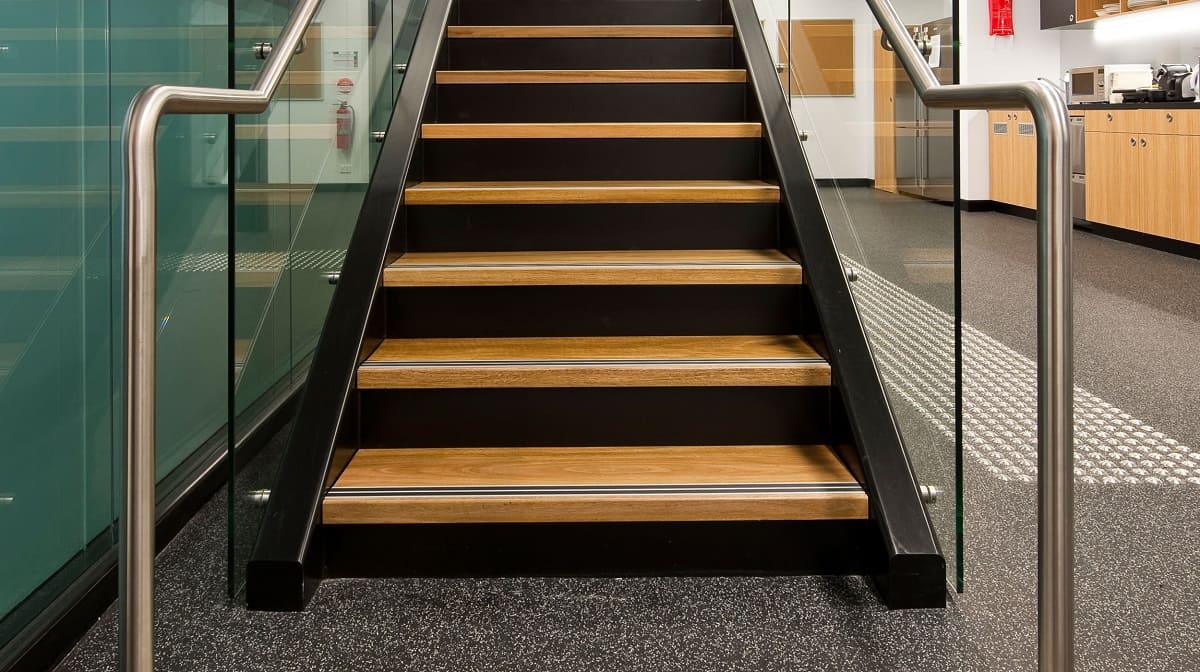
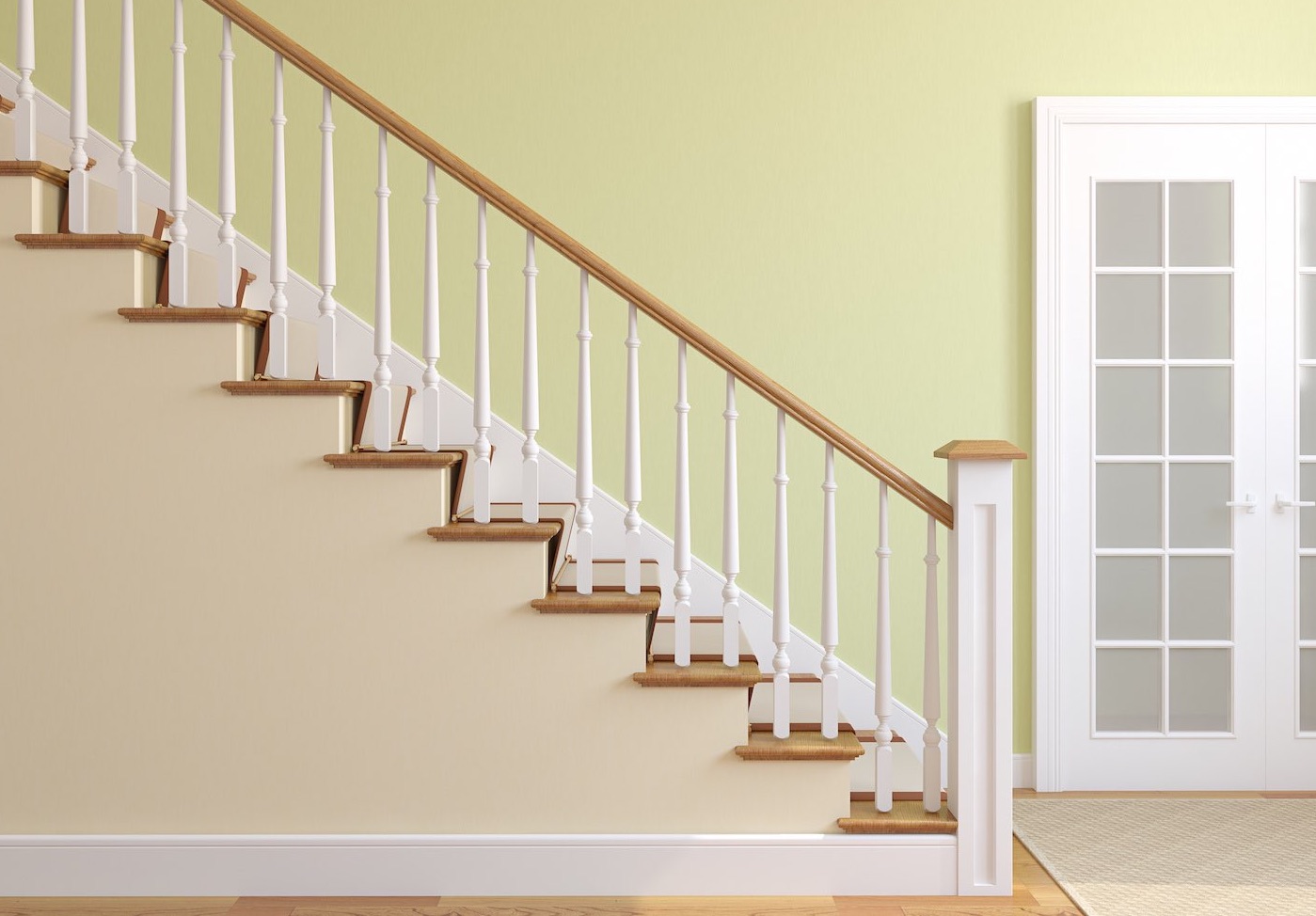
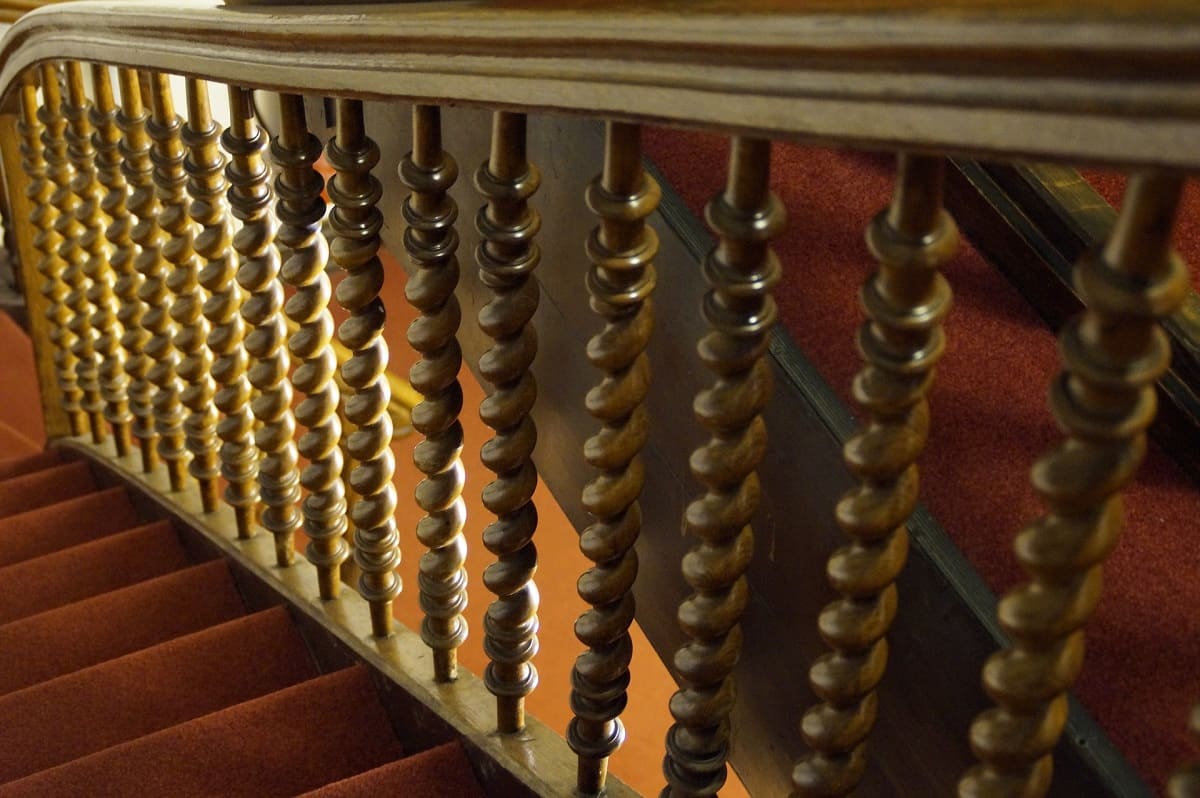
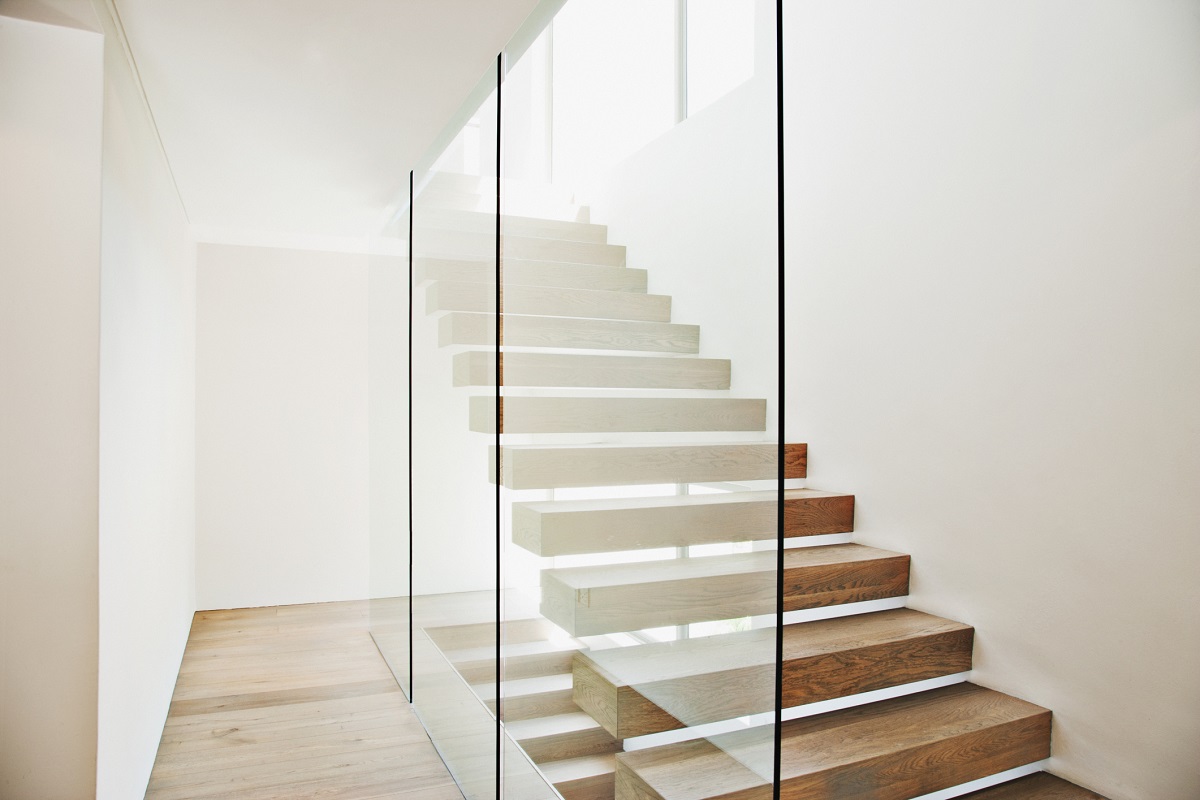

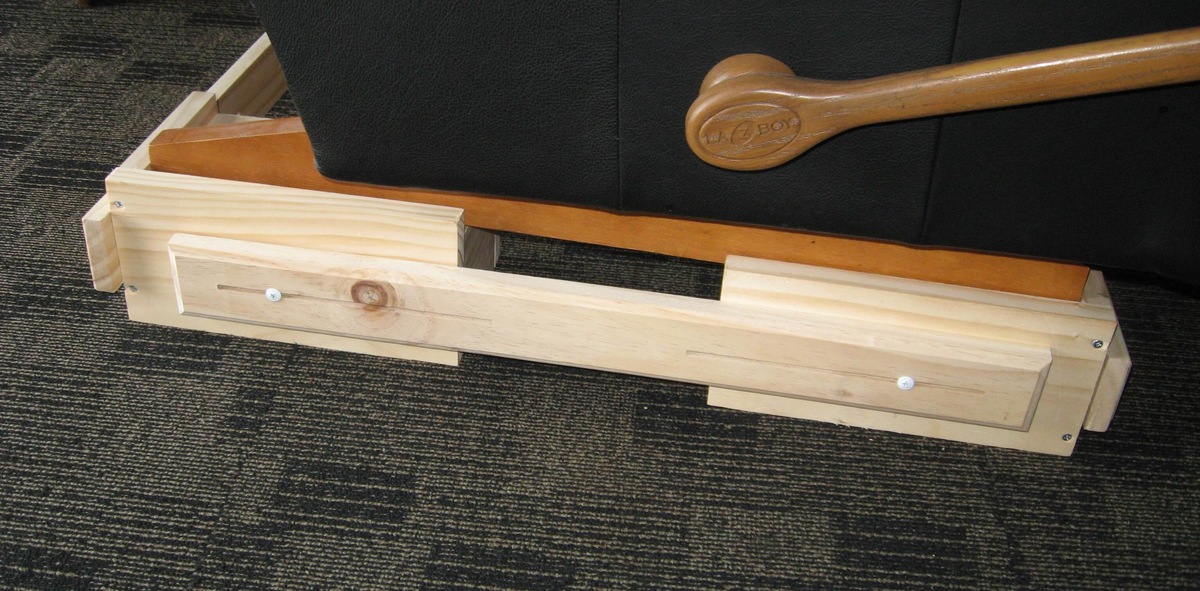
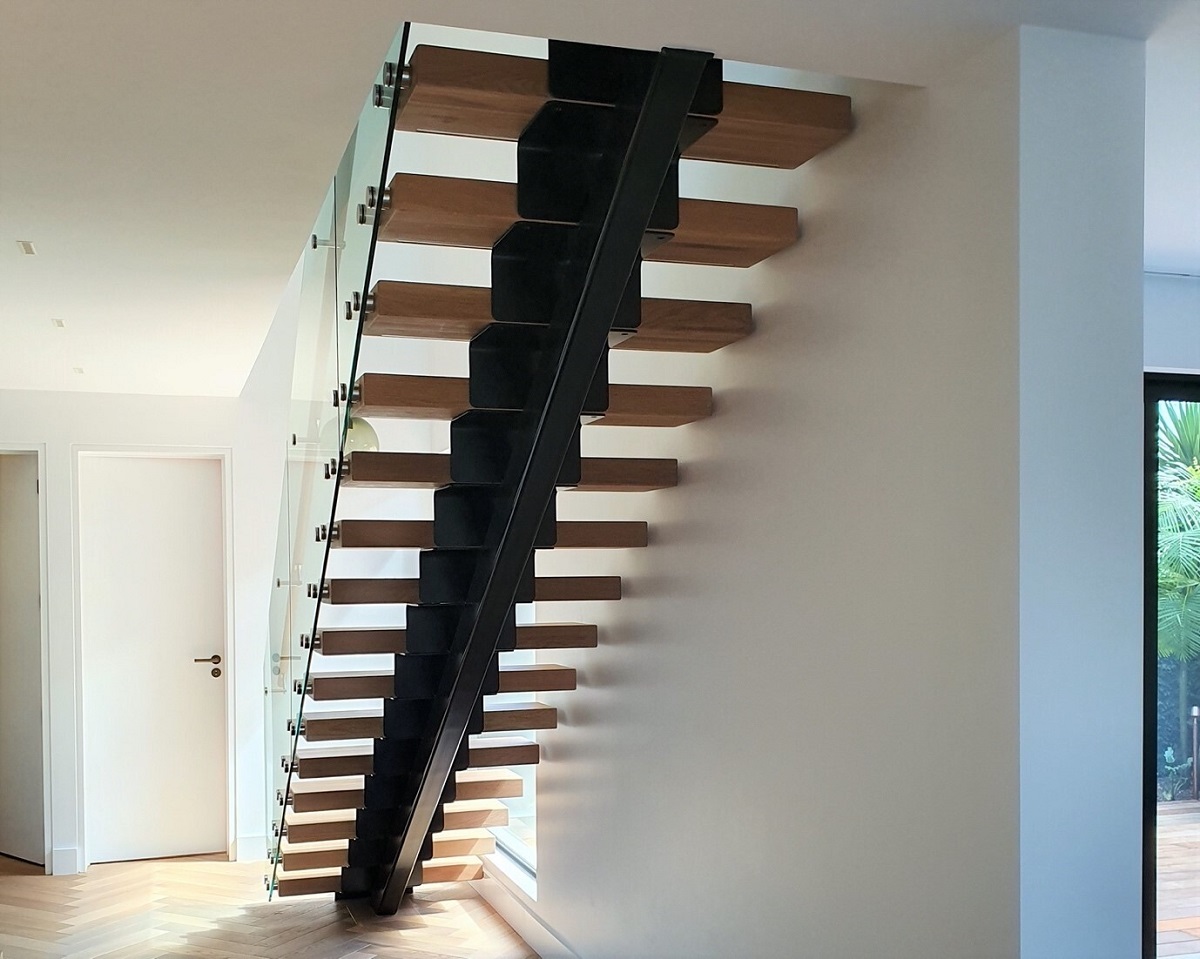
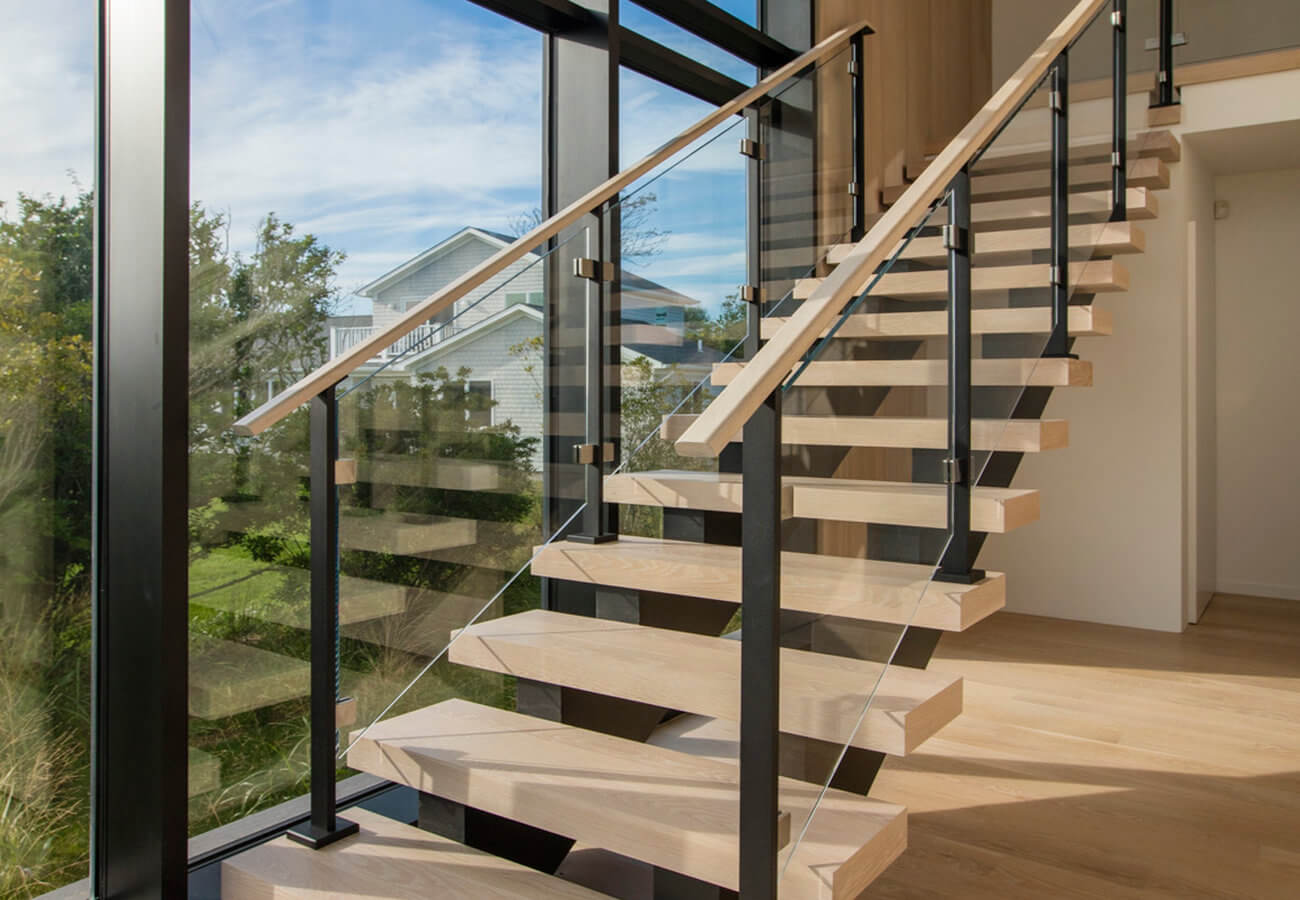


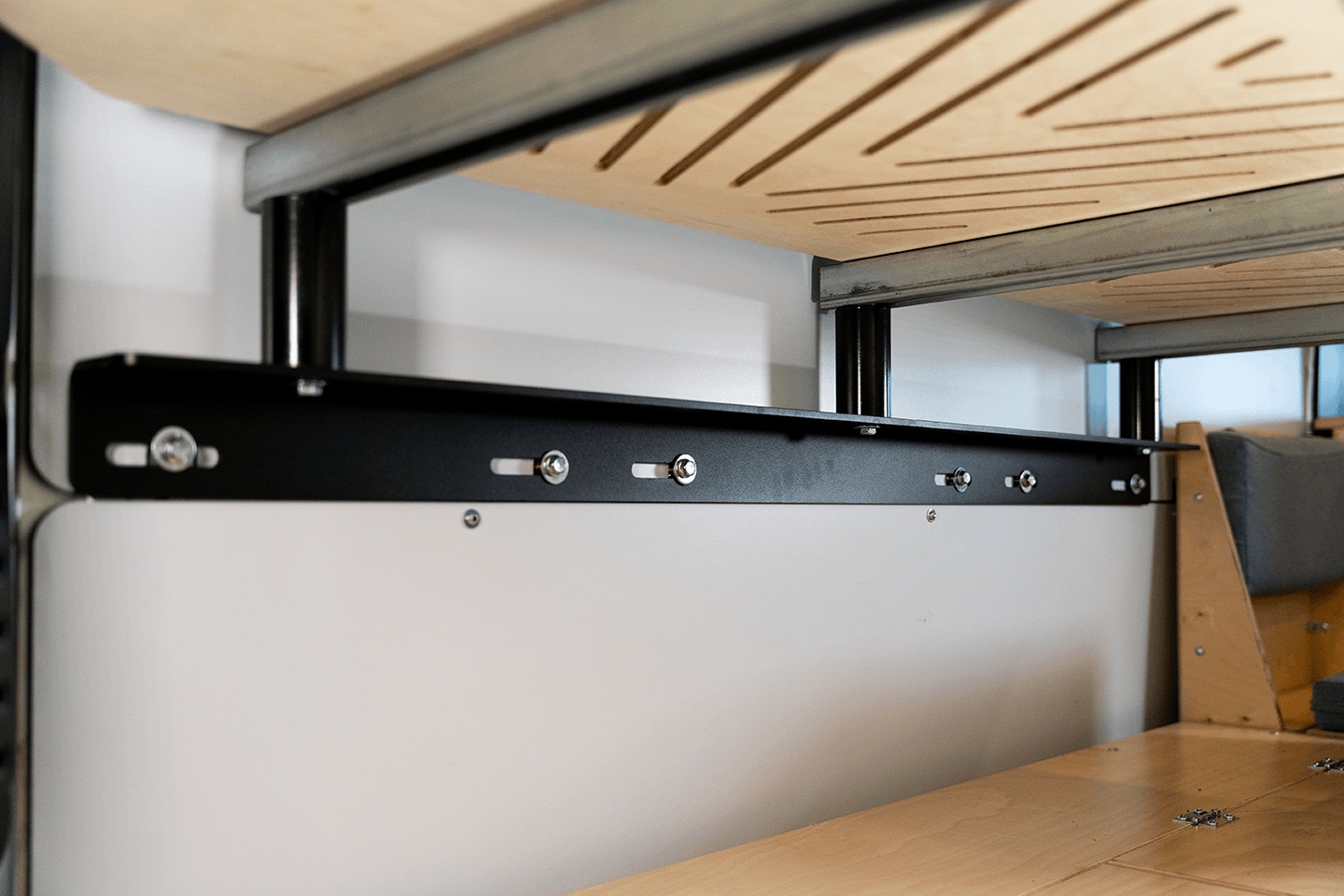
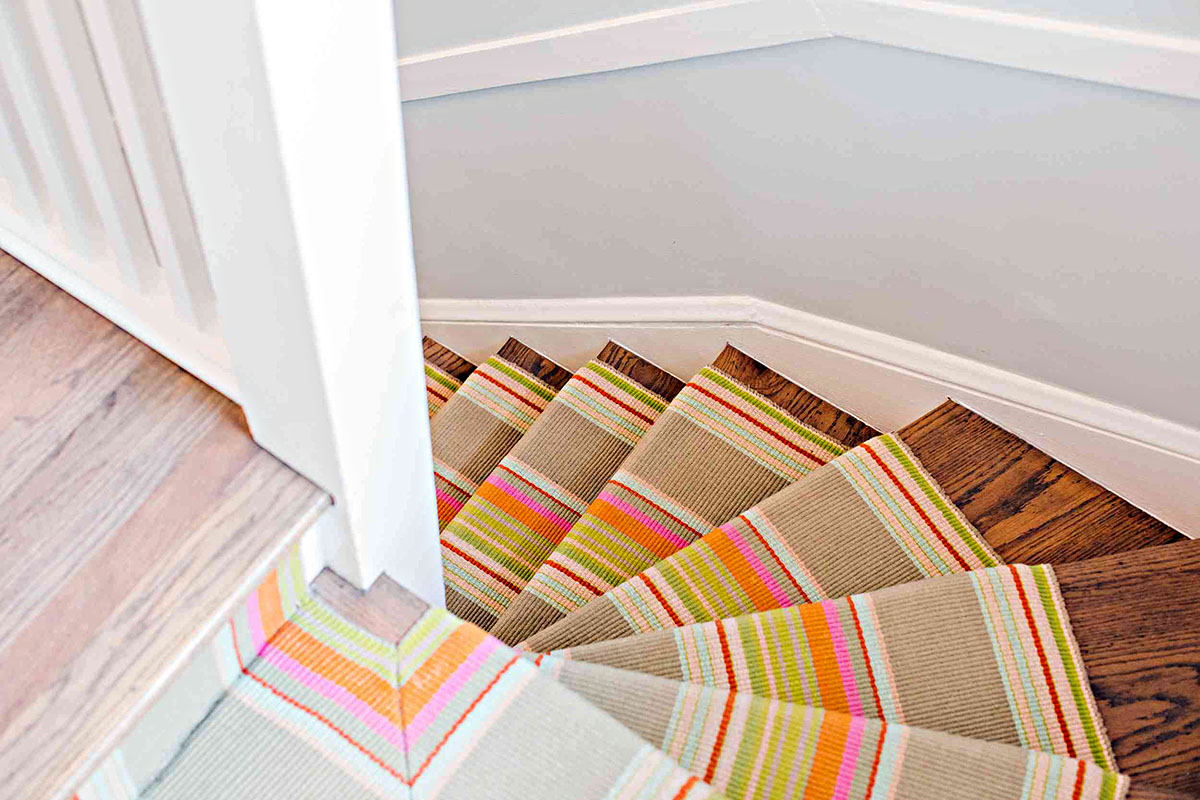
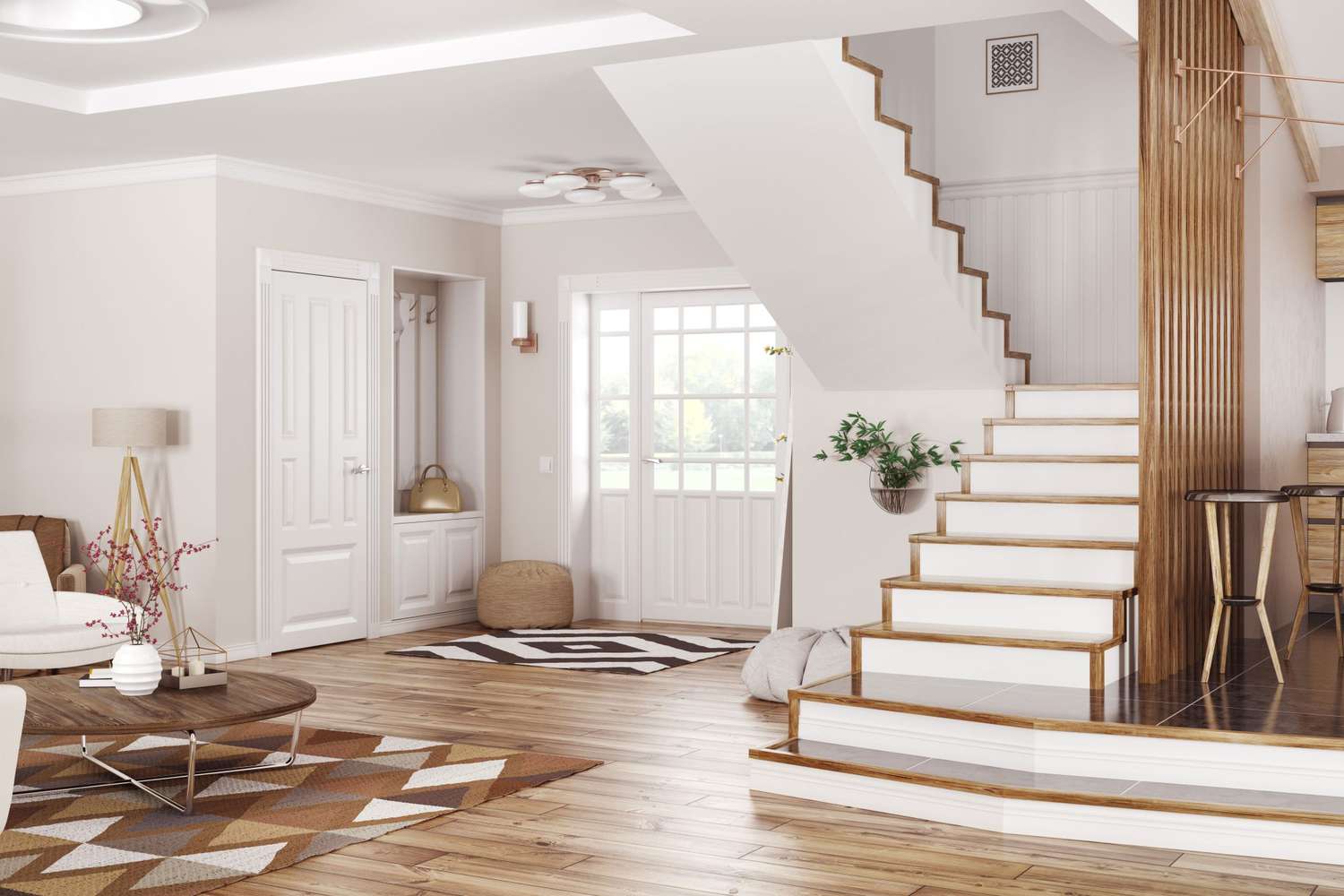

0 thoughts on “What Is A Riser On Stairs”